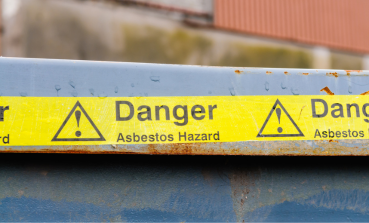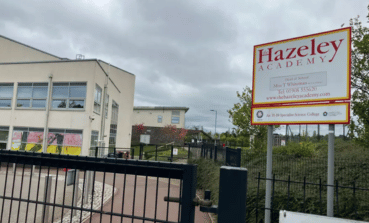News

The Health and Safety Executive (HSE) has today launched a consultation on proposals to improve the application of the Control of Asbestos Regulations and guidance around asbestos management to help protect workers and building users.
Great Britain already has one of the best workplace health and safety performances globally, with some of the lowest rates of occupational injury and fatality in Europe. These proposals build on this strong foundation to enhance protections in areas where asbestos remains a significant health risk.

The origins of fireworks can be traced back to seventh century China but they only came into widespread use in Britain in the late 13th century, with bonfire night celebrated from the 1650s onward to mark the arrest of Guy Fawkes and the failure of the 1605 gunpowder plot to blow up the Houses of Parliament.

At Bradley Environmental Consultants, we know that fitting training around busy work schedules can be a challenge. That’s why our eLearning courses are giving individuals and businesses a flexible, high-quality way to stay compliant and up to date with essential health and safety knowledge, all from the comfort of their own workspace.

The Health and Safety Executive’s (HSE) most recent inspection campaign identified significant failings in workplace hearing protection, inspections found that three-quarters of noisy workplaces lacked essential knowledge to maintaining hearing protection equipment, as well as, uncovering issues with employee training and equipment management.

A school in Milton Keynes has been temporarily closed after Legionella bacteria were discovered in its water supply.
Parents were asked to collect their children, following the results of routine water testing that shut Hazeley Academy on Wednesday 17th September.

Bradley Environmental is proud to continue supporting the Armed Forces Community through our partnership with the British Forces Resettlement Services (BFRS). We’re excited to announce that we’ll be attending the BFRS National Careers Fair in Aldershot on Thursday, 18 September, an event dedicated to helping Service Leavers, Veterans, Reservists, and their families take the next steps in their civilian careers.

Bradley Environmental Consultants are delighted to introduce our Virtual Learning Courses, designed to provide flexible, high-quality training that fits your schedule and learning preferences.


Whether you're taking your first steps in health and safety or looking to advance your existing career, NEBOSH qualifications are a trusted benchmark across industries. And now, gaining these prestigious certifications is more convenient than ever with our trainer-led virtual NEBOSH courses.

At Bradley Environmental, we're committed to making your experience as smooth and convenient as possible, and that includes how you pay for your training courses.

